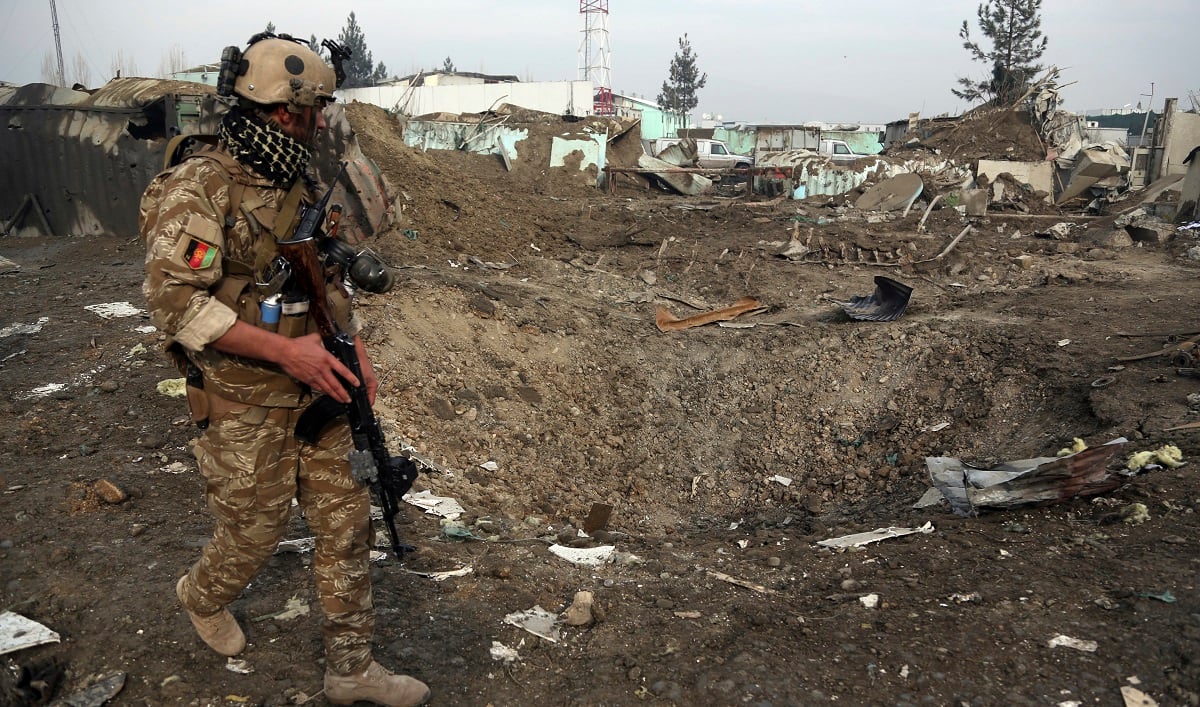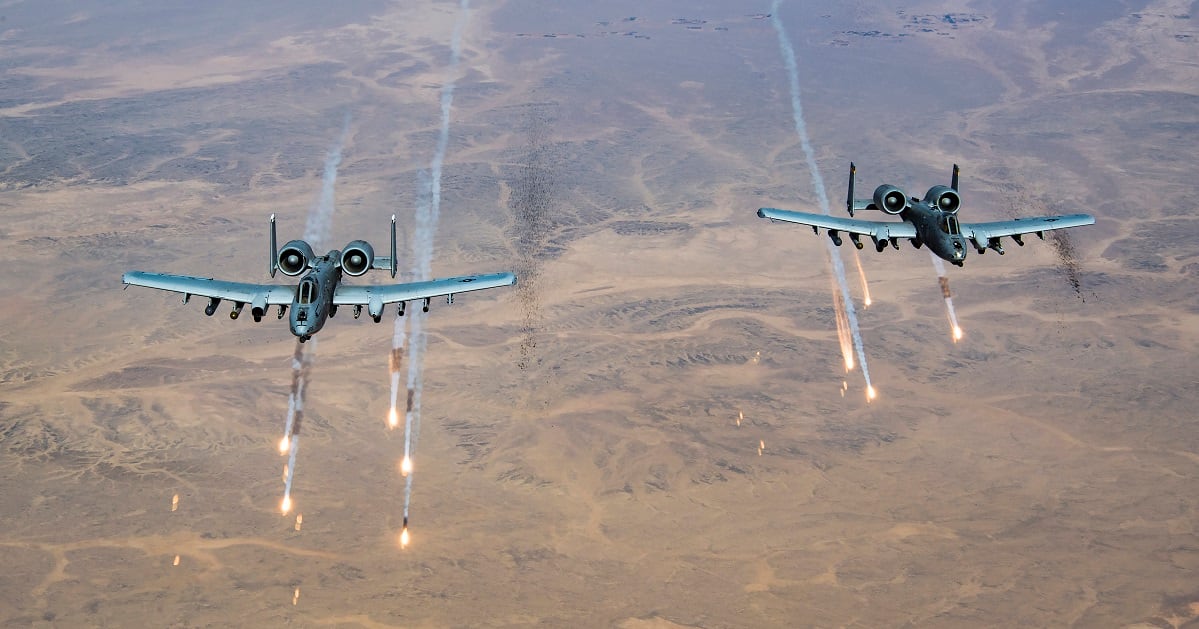Recent developments indicate the U.S. and the Taliban are nearing a breakthrough to end the 18-year long war but U.S. warplanes have not relented in keeping pressure on the militant group to bring the conflict to a diplomatic close.
2020 kicked off with a near record number of munitions released by American warplanes for the month of January in nearly a decade.
According to U.S. Air Forces Air Central Command, U.S. warplanes dropped 415 bombs in January — just slightly under the 10-year high of 463 munitions released in 2019 for that month.
January has opened with a bang as the Afghan and U.S. military maintain pressure on the Taliban and other militant groups despite diplomatic talks to bring the fighting to a halt.
Secretary of Defense Mark Esper told reporters Thursday in Brussels that the U.S. and Taliban have negotiated a proposal to reduce violence over a seven-day period and that “progress” has been made in the talks that have appeared to slog on with no end in sight.
RELATED

When pressed by a reporter if seven days was long enough to show whether the Taliban was serious, Esper remarked that “it is our view that seven days for now is sufficient.” Esper said that the process will be “conditions-based" and evaluations and consultations with allies were ongoing.
The airstrike totals for the January are high, considering winter months often see a lull in fighting as Taliban fighters and insurgents have difficulty mobilizing fighters on the field due to snowy weather conditions and blocked passes.
2019 and 2020 are the first two years since 2011 that American warplanes have dropped more than 400 bombs in Afghanistan during the month of January. In 2011 — near the height of America’s participation in the Afghan war — coalition aircraft released 405 munitions to kick off the new year.
In 2011, the U.S. had nearly 100,000 troops on the ground as part of President Barack Obama’s troop surge to rout Taliban militants.
U.S. aircraft only released 54 munitions in 2017 for the month of January. January munitions releases are often under 200, according to AFCENT figures.
Only four years out of the last decade have coalition aircraft in Afghanistan released more than 200 munitions during the month of January.
Since 2018, the U.S. has ramped up military pressure to push the Taliban to a settled negotiation. In 2018, U.S. aircraft dropped 378 munitions in January. .
Afghan President Ashraf Ghani said Tuesday that he was “pleased” following a call from Secretary of State Mike Pompeo regarding progress in the Taliban negotiations and proposal for an “enduring reduction in violence.”
“This is a welcoming development and I am pleased that our principal position on peace thus far has begun to yield fruitful results. Our primary objective is to end the senseless bloodshed,” Ghani tweeted Tuesday.
There are roughly 13,000 U.S. troops in Afghanistan today, but the Pentagon and White House are amid plans to reduce the American footprint to 8,600 with or without a deal with the Taliban.
U.S. military planners have oft voiced that they can maintain the dual train and advise and counterterror missions with a reduced presence in the country.
Shawn Snow is the senior reporter for Marine Corps Times and a Marine Corps veteran.




